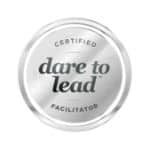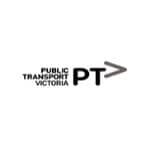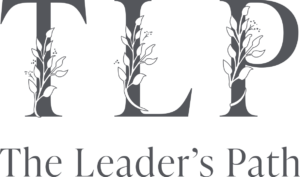What we do?
At the Leader’s Path, we create space for people to show up exactly where they are on their own Leader’s Path.
We support people to explore and find new and creative ways to speak their truth and connect more deeply with themselves, their teams and colleagues.
The Pathway Series
Leadership lessons through human stories
Our Pathway Series includes interactive webinars and workshops with guest speakers that connect you to their stories and lessons learnt.
By connecting leadership stories to the research from leadership theory, neuroscience, emotional intelligence, positive psychology and behavioural science, we create space for insight and reflection to achieve sustainable growth. Although we share interesting and insightful leadership stories it’s not just about hearing these stories and cloning others, it’s about:
- embracing your own authenticity
- staying true to yourself
- finding your own, unique Leader’s Path, and
- being intentional about how you walk it!
Leadership & Wellbeing Programs
The Leader’s Path designs and delivers development programs for executives through to team members. We provide engaging, thought-provoking moments of discovery, growth and sustainable personal change.
We help unlock latent potential so that individuals will feel seen, heard and supported to be the best leader they can be.
Whether you are looking for a dynamic, keynote, a one-day workshop or a longer-term program we can tailor our approach and content to suit your needs and context.
Coaching
Whether people are looking to increase self awareness, catalyse behaviour change to have greater impact or to build a development pathway we design coaching and assessment programs relevant to specific needs.
We provide the structure, safe space and challenge, supported with pragmatic tools to help people move forward.
Our work encompasses:
- Executive assessment & coaching
- Executive presence
- Supporting through change and uncertainty
- Managing the inner critic
- Career transitions
- High performance
- Wellbeing
People Consulting & Advisory
We work in partnership with organisations to solve and address people related challenges and opportunities. Our work includes crafting people strategy, diagnosing and creating aspirational organisational culture plans and developing and implementing tailored people programs.




The Pathway Series
Leadership lessons through human stories
Leadership & Wellbeing Programs
Coaching
People Consulting
& Advisory
The Pathway Series
Leadership lessons through human stories
Our Pathway Series includes interactive webinars and workshops with guest speakers that connect you to their stories and lessons learnt.
By connecting leadership stories to the research from leadership theory, neuroscience, emotional intelligence, positive psychology and behavioural science, we create space for insight and reflection to achieve sustainable growth. Although we share interesting and insightful leadership stories it’s not just about hearing these stories and cloning others, it’s about:
- embracing your own authenticity
- staying true to yourself
- finding your own, unique Leader’s Path, and
- being intentional about how you walk it!
Leadership & Wellbeing Programs
The Leader’s Path designs and delivers development programs for executives through to team members. We provide engaging, thought-provoking moments of discovery, growth and sustainable personal change.
We help unlock latent potential so that individuals will feel seen, heard and supported to be the best leader they can be.
Whether you are looking for a dynamic, keynote, a one-day workshop or a longer-term program we can tailor our approach and content to suit your needs and context.
Coaching
Whether people are looking to increase self awareness, catalyse behaviour change to have greater impact or to build a development pathway we design coaching and assessment programs relevant to specific needs.
We provide the structure, safe space and challenge, supported with pragmatic tools to help people move forward.
Our work encompasses:
- Executive assessment & coaching
- Executive presence
- Supporting through change and uncertainty
- Managing the inner critic
- Career transitions
- High performance
- Wellbeing
People Consulting & Advisory
We work in partnership with organisations to solve and address people related challenges and opportunities. Our work includes crafting people strategy, diagnosing and creating aspirational organisational culture plans and developing and implementing tailored people programs.
We work with our clients to create practical ways to explore and develop capability.
Our work spans the following areas:
Click on each area to learn more
Whatever the context and the need we create opportunities for reflection, insight and growth. Our work is all about creating a deep and lasting culture of authentic leadership and making space for an elevation in connection and engagement.
Clients that have worked with Jo, Elise and Beck…

























































